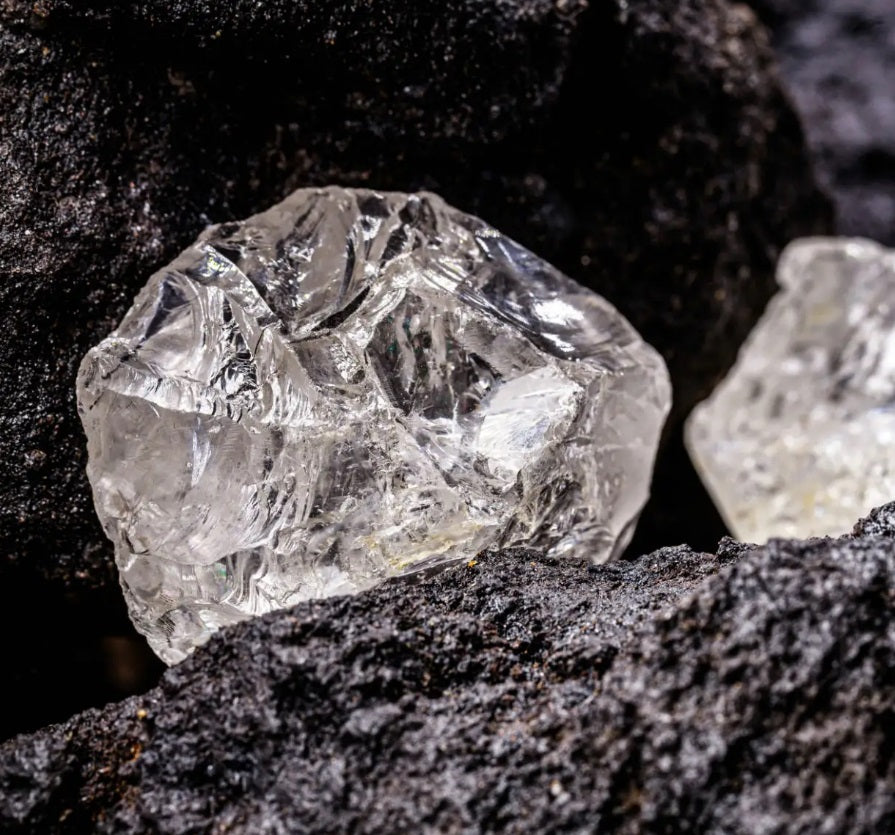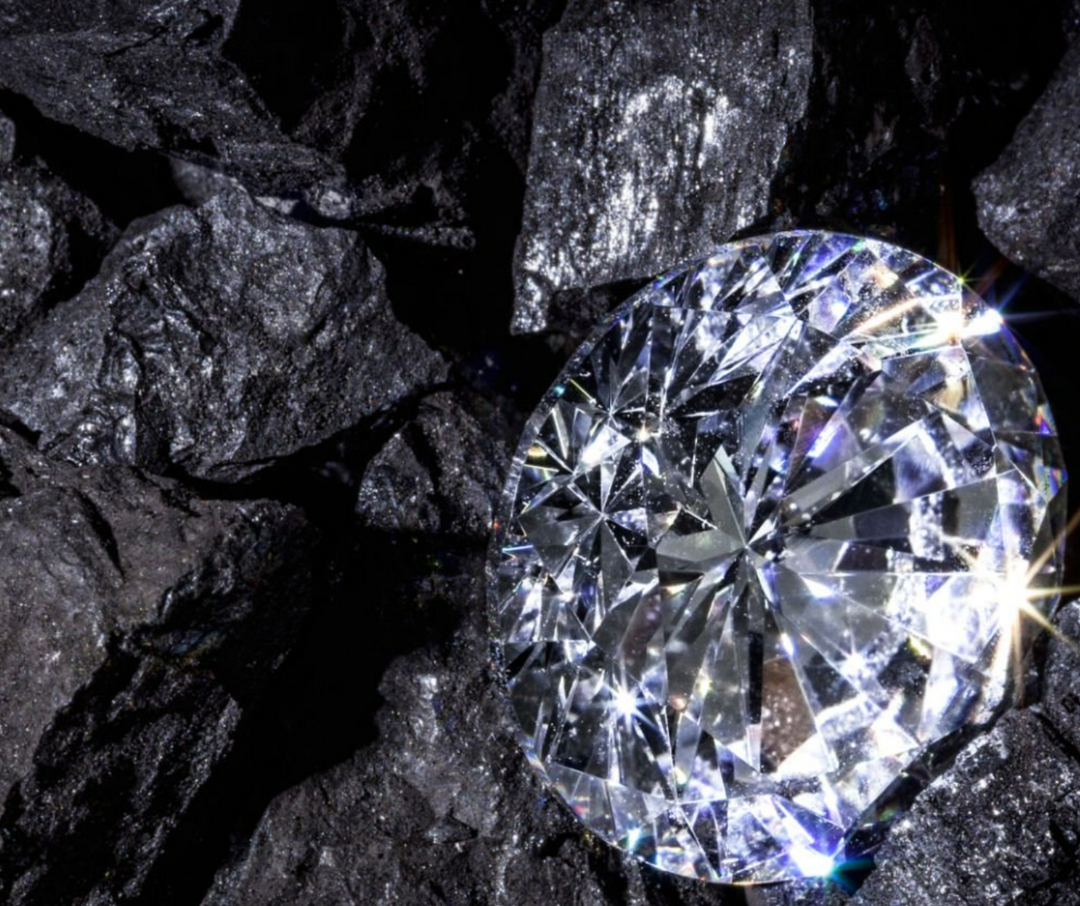House of Diamonds is devoted to delivering sustainable, just, and ethically crafted fine jewelry to our clientele. We pledge to never offer gemstones that have supported armed rebel movements or activities that contribute to human suffering.
How do diamonds form?
Diamonds, consisting of pure carbon, are naturally occurring gems located within the Earth's surface. Formed deep within the Earth's mantle, approximately 150 kilometers below the planet's crust, natural diamonds develop within a high-pressure environment where temperatures soar above 1000 degrees Celsius.
Under these extreme conditions, carbon atoms undergo crystallization, initiating the formation of the initial diamond seed. The exact duration required for a diamond to develop remains uncertain, with scientists estimating a range from a few days to potentially millions of years. These natural diamonds, typically nestled within significant rock masses called xenoliths, are eventually propelled to the Earth's surface due to seismic activities such as volcanic eruptions.











